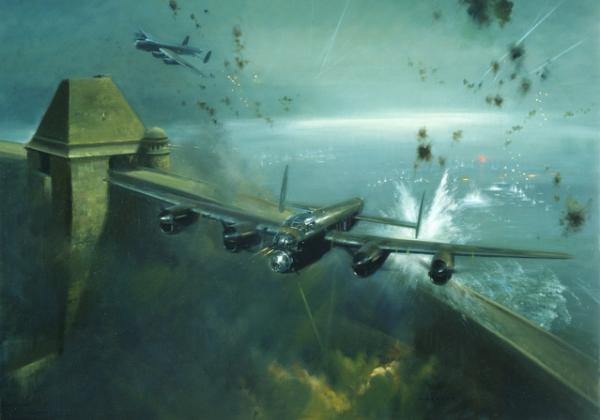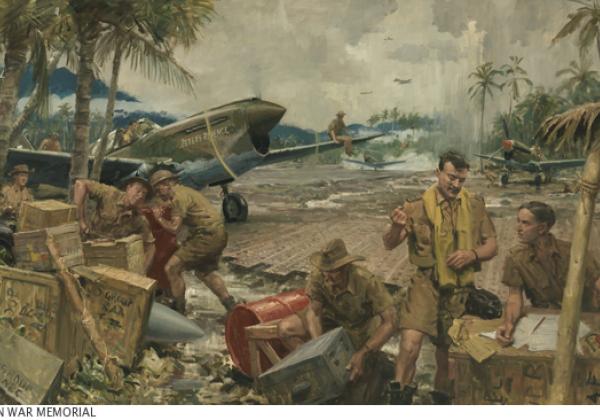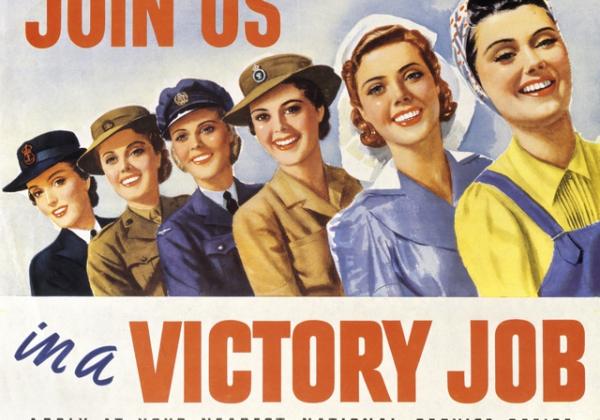Second World War Hub
Aboriginal and Torres Strait Islander people please be aware that this resource contains images and names of deceased persons.
After the invasion of Poland on 1 September 1939, France and Great Britain declared war on Germany. Two days later, Australian Prime Minister Robert Menzies made the following radio announcement:
“Fellow Australians, it is my melancholy duty to inform you officially that, in consequence of the persistence of Germany in her invasion of Poland, Great Britain has declared war upon her, and that, as a result, Australia is also at war.”
Almost one million Australian men and women served in the Second World War. They fought in campaigns against Germany and Italy in Europe, the Mediterranean and North Africa, as well as against Japan in south-east Asia and other parts of the Pacific.
Australian nurses travelled overseas from 1940. The Woman’s Auxiliary Australian Air Force and the Australian Women’s Army Service were established in 1941, followed by the Women’s Royal Australian Naval Service in 1942. The Australian Women’s Land Army was also formed in 1942, to encourage women to work in rural industries due to a shortage of male labour. Women also contributed to war efforts at home by taking up employment in industries such as munitions production.
Watch a film about Australia and the Second World War. Read more about the war that shaped Australia.
This hub links you to some of the Australian War Memorial’s works of art, film and sound, articles, personal stories, and objects relating to Australian experiences of the Second World War covering a vast range of topics found in the Australian Curriculum, including the Holocaust, prisoner of war experiences, the Kokoda Trail campaign, the changing role of women, the home front, the war in Europe, and the war in the Asia-Pacific region.
Recommended year level
This hub is suitable for secondary and senior secondary students. Primary school teachers may also like to use some of the resources in a social history context, exploring concepts around the past and present. Please note that students may find some of the content upsetting, and various terms found in the resources are of their time and are considered offensive today.
How to use this resource
Teachers may like to select particular objects, artworks, or personal stories that directly relate to students’ units of work. Alternatively, students could be given a theme or event to research, individually or in small groups, which can then be presented to the larger group.
The hub could also be used as a starting point for source evaluation, discussing the advantages and disadvantages of photographs, film, objects, articles, and works of art in historical enquiry.
Content has been separated into three areas:
- War in Europe and North Africa: Students can find out about conflict at Bardia, El Alamein, Tobruk, Greece, Crete, France, and Germany. Some resources focus on the experiences of prisoners of war, the Holocaust, the air war in Europe (including Bomber Command), and naval warfare. Dozens of personal stories can be accessed, including a section on women in war.
- War in the Pacific: This section explores conflict in Papua New Guinea, Malaya, Singapore, Timor, Milne Bay, and the atomic bombings of Japan. Students can also learn about prisoner of war experiences, kamikaze attacks, the indigenous peoples of the Pacific, and Victory in the Pacific Day. Over 50 personal stories can be accessed, touching on the broad experiences of Australian men and women.
- The home front: This section explores attacks on Australian soil, including the bombing of Darwin, and the midget submarine attack on Sydney Harbour, as well as precautionary actions taken around the country. Many of the resources link to women in war, including the women’s services, war brides, and women left behind. Other themes include patriotism, austerity, the Cowra breakout, and the American influence in Australia.
There is a large amount of content available covering the Second World War. It can be difficult narrowing this to a particular area of interest. Looking through the Memorial’s Second World War galleries using Google Street View might provide some inspiration for your selections. Start here.
Links to the Australian Curriculum
Knowledge and understanding
This hub links to source material that can be used to explore a diverse range of wartime experiences including prisoners of war, Kokoda, the fall of Singapore, the Holocaust, and the use of the atomic bomb.
Teachers and students can also find material to enhance their understanding of the impact of war, such as the changing roles of women, wartime government controls, and international relationships.
Senior Secondary students studying modern nations in the 20th century can find material relating to Russia and the Soviet Union, Japan, Germany, Indonesia, and the United States of America.
Skills
The diverse range of resources can provide opportunities to identify, locate, analyse, and evaluate the usefulness of primary and secondary sources. The content also enables students to identify and analyse different historical interpretations and perspectives from the past, to assist in developing historical arguments.


